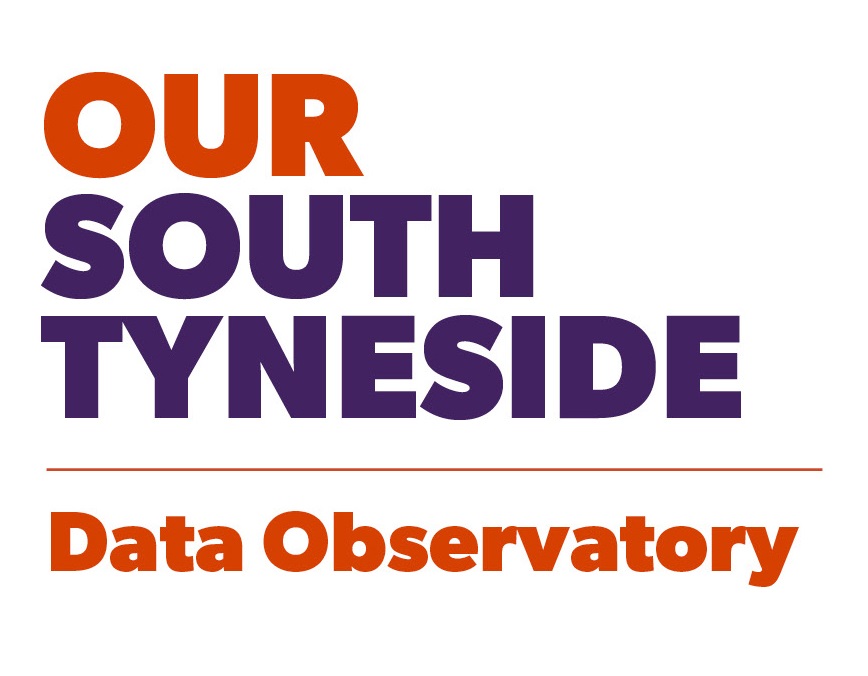This page covers local intelligence releases of note in April 2025. You can view all public health intelligence updates on our Intelligence page.
Obesity Profile:
In April two new indicators have been added to the Fingertips obesity profile for local authorities linking data between Reception and Year 6 students. These indicators are:
- Percentage of children remaining overweight (including obesity) in year 6
- Percentage of children moving from healthy weight to overweight (including obesity) in year 6
Both indicators have been released for the three-year period 2021/22 – 2023/24. Being new indicators there is no historical trend available.
Percentage of children remaining overweight (including obesity) in year 6
This indicator release shows us the proportion of reception children in South Tyneside who were identified as overweight or obese who were also overweight or obese in Year 6 according to data from the National Child Measurement Programme (NCMP).
- In South Tyneside 81.9% of pupils measured as overweight or obese in reception remained so when remeasured in Year 6 during 2021/22 – 2023/24.
- This was significantly higher than the national percentage of 77.1%.
- As this is a new indicator there is no trend.
Percentage of children moving from healthy weight to overweight (including obesity) in year 6
This indicator release shows us the proportion of reception children in South Tyneside who were identified as a healthy weight who were later identified as overweight or obese in Year 6 according to data from the National Child Measurement Programme (NCMP).
- In South Tyneside 25% of reception pupils shifted from a healthy weight to overweight or obese in Year 6 during 2021/22 – 2023/24.
- This was significantly higher than the national percentage of 21.5%.
- As this is a new indicator there is no trend.
Musculoskeletal health profile:
In April three new indicators have been added to the fingertips Musculoskeletal health profile:
- Percentage reporting a long term musculoskeletal (MSK) problem (2024 version)
- Percentage reporting a long-term Musculoskeletal (MSK) problem and at least one other long-term condition (2024 version)
- Odds ratio of reporting a mental health condition among people with and without an MSK condition (2024 version)
Percentage reporting a long term musculoskeletal (MSK) problem (2024 version)
This indicator release shows the percentage of people aged 16+ in South Tyneside reporting a long term MSK condition.
- In South Tyneside 21.6% of people reported a long-term MSK condition in 2024.
- This was significantly higher than the national percentage of 17.9%.
- As this is a new indicator there is no trend.
Percentage reporting a long-term Musculoskeletal (MSK) problem and at least one other long-term condition (2024 version)
This indicator release shows the percentage of people aged 16+ in South Tyneside reporting a long term MSK condition who also reported an additional long-term condition.
- In South Tyneside 16.9% of people reported a long-term MSK condition alongside an additional long-term condition in 2024.
- This is significantly higher than the national percentage of 13.4%.
- As this is a new indicator there is no trend.
Odds ratio of reporting a mental health condition among people with and without an MSK condition (2024 version)
This indicator release shows us the odds of those with a long-term musculoskeletal condition also having a mental health condition compared with those with no musculoskeletal condition.
- In South Tyneside the odds ratio of those with an MSK condition reporting a mental health condition was 1.2 in 2024. This means those with a MSK were 20% more likely to report a mental health condition than those without.
- Nationally the odds ratio of those with an MSK condition reporting a mental health condition was 1.5. This means those with a MSK were 50% more likely to report a mental health condition than those without.
- As this is a new indicator there is no trend.

